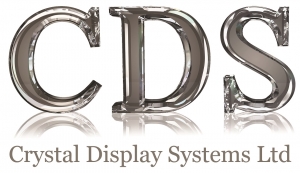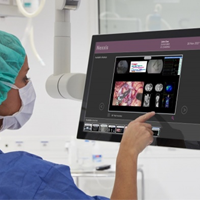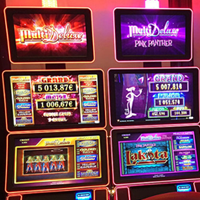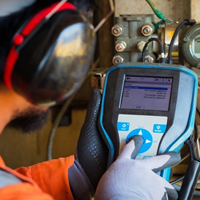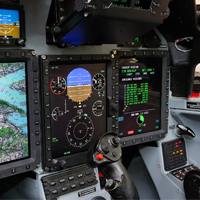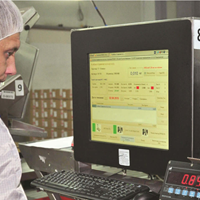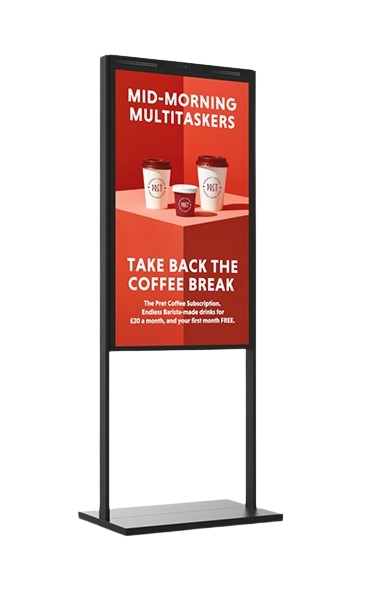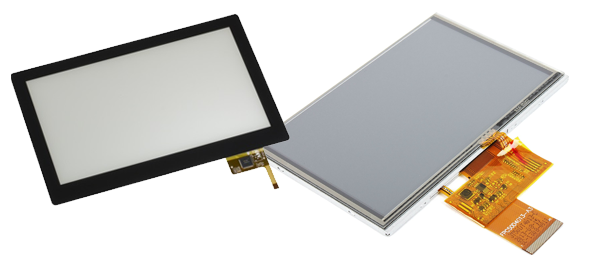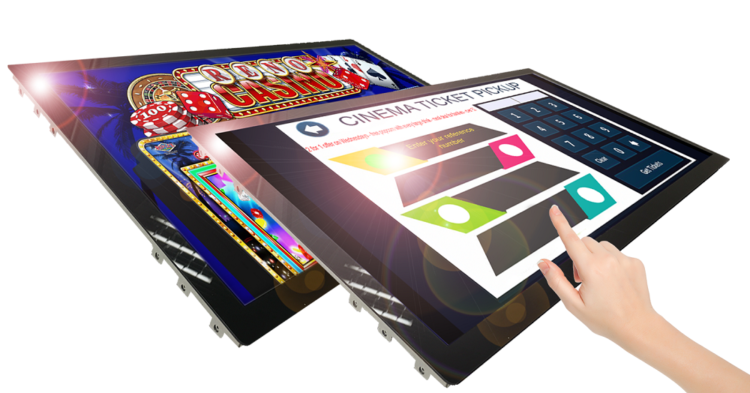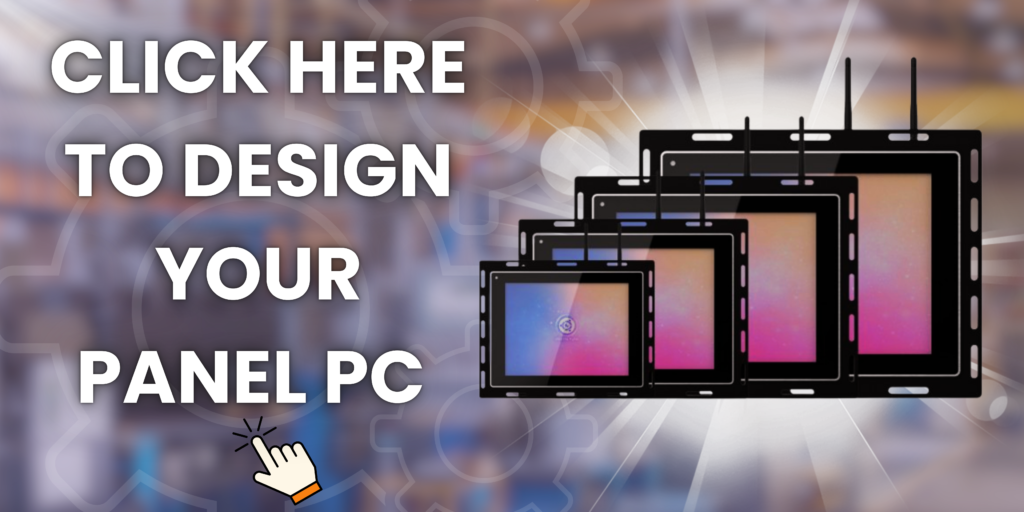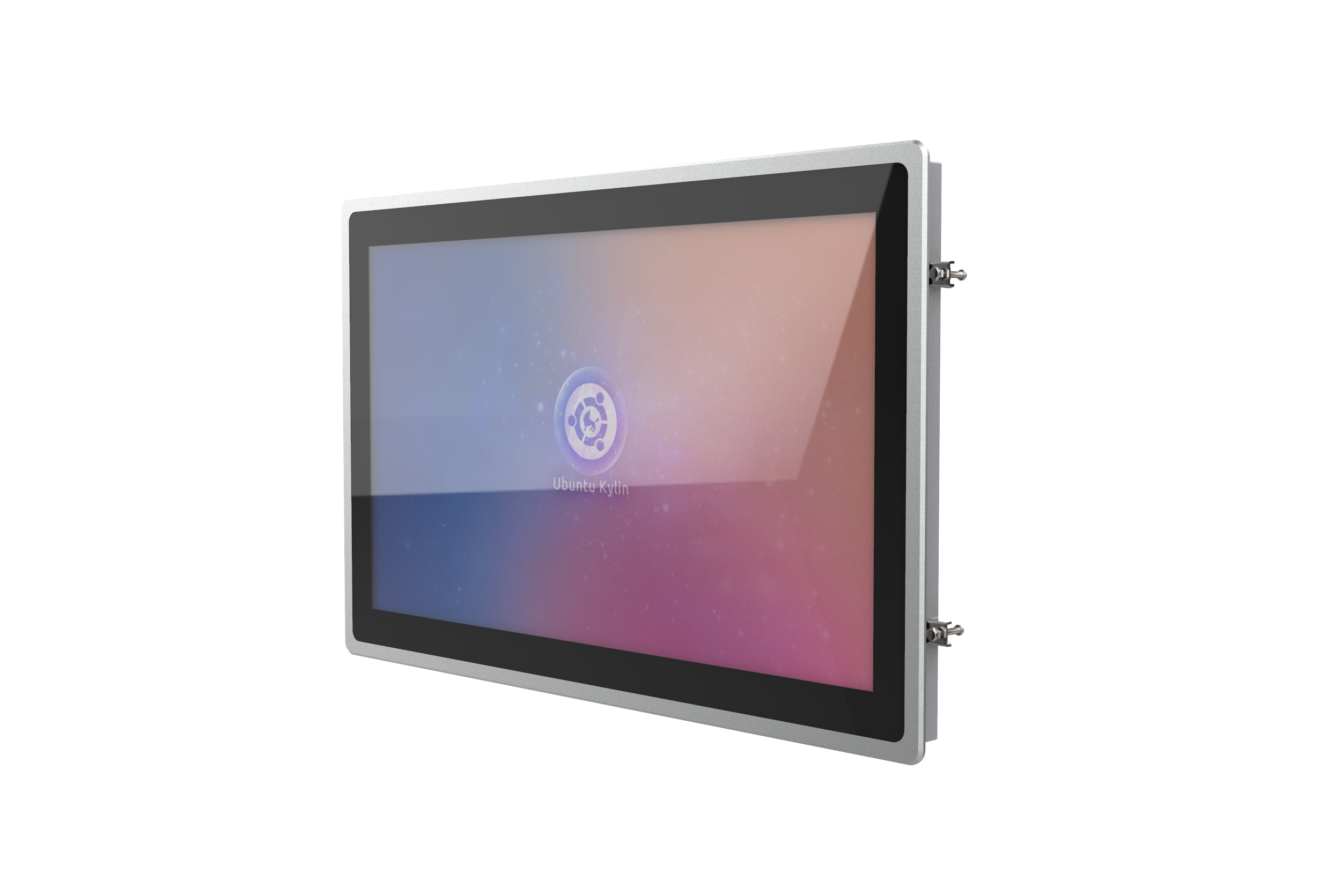Touchscreens have turned into one of the fastest-growing display markets since Apple launched the iPhone in 2007. They’re now appearing on all sorts of devices, and the Touchscreen market is growing 10 times faster than the overall display market.
While displays aren’t nearly as sexy as the tablets and smart phones they go into, they’re an interesting market to observe because they show what happens when the entire manufacturing world pursues a hot trend. Sometimes the window for making profits in such a market is only open for a nanosecond.
Revenue for touch screens were $4.3 billion in 2009 and $7.1 billion in 2010 on a worldwide basis. They are projected to grow 90 percent to $13.4 billion in 2011. By 2017, the market will nearly double to $23.9, according to market researcher Display Search, which puts on the Emerging Display Technologies conference.
“There are lots of opportunities in the Touchscreen market,” said Jennifer Colegrove, vice president of emerging display technology at Display Search. “The market is doubling this year and will double again by 2017.”
Profit margins run around 5 to 15 percent, which is low but is far higher than many of the other profitless and cutthroat markets for electronic components. The overall $100 billion display market often has a negative profit margin, as most of the companies lose money in severe price competition.
That’s why there are now 190 Touchscreen suppliers in the worldwide market, many of which started producing in just the last couple of years, Colegrove said. Within the hottest part of the market, the projected capacitive screens, there are 82 suppliers, compared to 58 in 2010 and 27 in 2009. But as in any market, the Touchscreen field is dominated by a small number of companies. The top suppliers include Taiwan’s TPK, Taiwan’s Wintek, Japan’s Nissha and Korea’s Melfas.
The current projected capacitive technology got its start in 1965, when an English researcher, E.A. Johnson, created a lab display. Sam Hurst, founder of Elographics, commercialized the technology in 1977. The technology consists of a layer of glass, or a protective cover, that sits atop a touch sensor layer. That layer is coated with a matrix of overlapping wires made from a transparent conducting material. Those wires connect to a controller chip that receives the data and sends it to the phone or tablet’s main processor. The touch sensor layer is sandwiched in between the protective cover and the display panel, usually a liquid crystal display or organic light emitting diode (OLED) display. When a finger comes down on the cover, it distorts the screen’s electrical field, resulting in a measurable change in capacitance, or the ability to store a charge. Then a signal gets sent to the controller chip.
A variety of players in the ecosystem are benefiting. Atmel’s maXTouch display controllers have become critical parts of touch screens that need to detect multiple finger touches and need to reject electronic noise and false touches from palms. Atmel has seen its display controller revenues grow to $150 million in 2010, and it expects $300 million in revenue in 2011.
Of course, the market is fraught with risks, as any commodity hardware market is. If there’s a slowdown in demand, or a new technology emerges, the existing suppliers could face a big drop in demand. Makers of resistive screens have moved from 64 to 91 in the past two years, but the size of that market has shrunk.
There are 11 categories within the Touchscreen market, but projected capacitive screens have taken over about 70 percent of the market. Resistive screens held the leading market share for many years, but the higher-quality projected capacitive screens took the lead in 2010.
There are 10 ways to build projected capacitive screens. Suppliers with the simplest designs tend to be the most successful, since complex screens are more expensive to build. Technical challenges include eliminating noise so that touch gestures can be detected more accurately, reducing power consumption of the displays, handling the issue of sweaty fingers, and the need to make the devices both thin and strong. A German company, Schott, showed off a new kind of glass called “Xensation Cover” at the event that was both strong and bendable.
Products such as the Apple iPhone and the iPad use capacitive touch displays. Smartphones are a huge consumer, but tablets are coming on strong. There are now an estimated 90 tablet computers in the market, Colegrove said, and the unit sales for touch-based tablets will hit 70 million units in 2011. The market is expected to skyrocket to 360 million units by 2017. Other new users for touch screens include eBooks, navigation devices, car displays, cameras, multifunction printers, game consoles and other appliances.
The Touchscreen market is still in its early days, in terms of the boom inspired by the iPhone. But changes could come in many ways. The more E Ink displays for eBook readers take off, the more there could be a real alternative to projected capacitive screens. And Colegrove noted that Microsoft’s Kinect sensor for the Xbox 360 game console is a new kind of user interface that could catch on. It requires a very different kind of sensor technology that can detect gestures where there is no Touchscreen. If that kind of technology takes off, then it could cause a big disruption for Touchscreen makers.
“It is a very low-cost technology and it could be a breakthrough for a number of different products,” Colegrove said.
For information on our touchsccreens please go to: https://crystal-display.com/components/touchscreens/ or email us on hawkes@crystal-display.com
